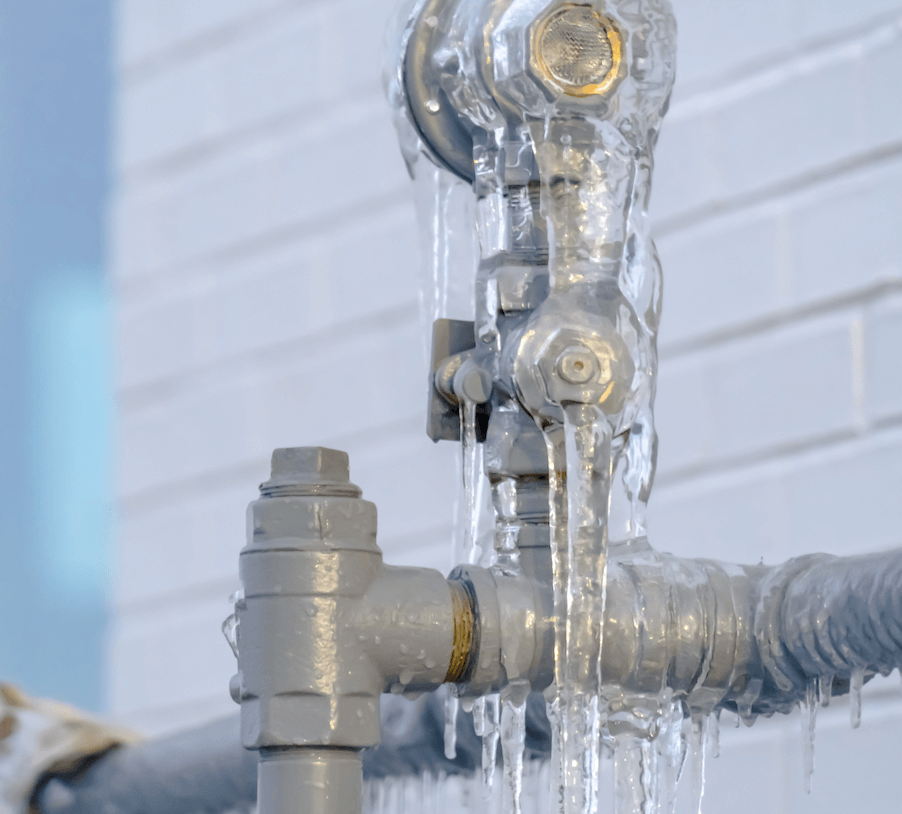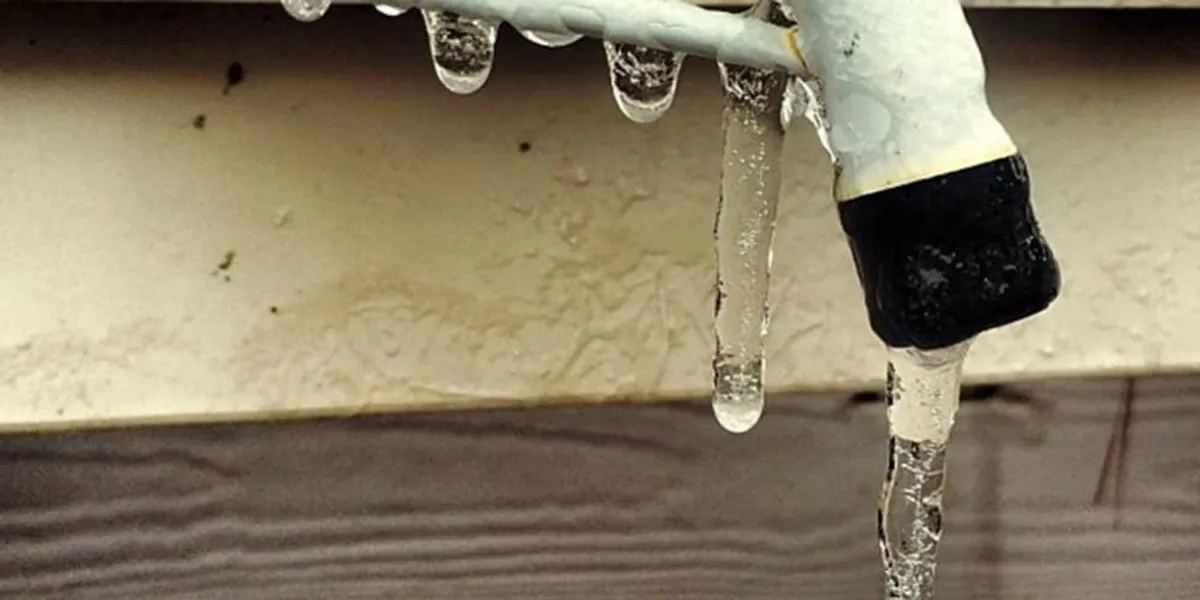Every person will have their own individual way of thinking on the subject of Preventing and dealing with frozen pipes.

Cold weather can damage your plumbing, particularly by freezing pipelines. Below's exactly how to avoid it from occurring and what to do if it does.
Introduction
As temperatures drop, the risk of icy pipes boosts, possibly leading to costly repairs and water damages. Recognizing exactly how to stop frozen pipes is crucial for house owners in chilly environments.
Prevention Tips
Insulating at risk pipelines
Cover pipes in insulation sleeves or utilize warm tape to secure them from freezing temperature levels. Focus on pipes in unheated or exterior locations of the home.
Home heating strategies
Maintain indoor areas appropriately heated up, especially areas with pipes. Open cabinet doors to enable warm air to circulate around pipelines under sinks.
Just how to identify frozen pipes
Try to find reduced water circulation from faucets, unusual smells or noises from pipes, and visible frost on exposed pipes.
Long-Term Solutions
Architectural modifications
Take into consideration rerouting pipes far from exterior wall surfaces or unheated areas. Add extra insulation to attic rooms, cellars, and crawl spaces.
Upgrading insulation
Purchase high-grade insulation for pipelines, attic rooms, and walls. Proper insulation aids preserve consistent temperatures and reduces the threat of frozen pipes.
Shielding Outdoor Pipes
Garden hoses and exterior taps
Detach and drain pipes yard hose pipes prior to winter season. Set up frost-proof spigots or cover outside faucets with insulated caps.
Recognizing Frozen Pipelines
What creates pipes to ice up?
Pipes freeze when subjected to temperatures listed below 32 ° F (0 ° C) for extended periods. As water inside the pipelines freezes, it expands, taxing the pipe walls and potentially creating them to break.
Threats and problems
Icy pipelines can result in supply of water disturbances, residential or commercial property damages, and pricey repair services. Burst pipelines can flood homes and cause comprehensive architectural damages.
Indications of Frozen Water Lines
Recognizing icy pipelines early can avoid them from bursting.
What to Do If Your Pipes Freeze
Immediate activities to take
If you think icy pipes, keep taps open to soothe stress as the ice thaws. Make use of a hairdryer or towels soaked in warm water to thaw pipes slowly.
Final thought
Avoiding frozen pipelines needs aggressive actions and quick feedbacks. By recognizing the reasons, indications, and safety nets, property owners can secure their pipes during winter.
6 Proven Ways to Prevent Frozen Pipes and Protect Your Home
Disconnect and Drain Garden Hoses
Before winter arrives, start by disconnecting your garden hoses and draining any remaining water. Close the shut-off valves that supply outdoor hose bibs and leave the outdoor faucet open to allow any residual water to drain. For extra protection, consider using faucet covers throughout the colder months. It’s also important to drain water from any sprinkler supply lines following the manufacturer’s directions.
Insulate Exposed Pipes
Insulating your pipes is an effective way to prevent freezing. Pipe insulation is readily available at home improvement stores and is relatively inexpensive. Pay close attention to pipes in unheated areas such as the attic, basement, crawl spaces, or garage. Apply foam insulation generously to create a buffer against the cold. You can also wrap your pipes in heat tape or thermostat-controlled heat cables for added warmth.
Seal Air Leaks
Inspect your home for any cracks or openings that could let in cold air. Seal any holes around the piping in interior or exterior walls, as well as the sill plates where your home rests on its foundation. Additionally, make sure to keep your garage door closed unless you’re entering or exiting. Leaving it open creates a significant air leak that can lead to frozen pipes.
Allow Warm Air Circulation
During cold snaps, it’s essential to allow warm air to circulate evenly throughout your home. Leave interior doors ajar to promote better airflow. Open kitchen and bathroom cabinets to help distribute heat consistently around the rooms. If you have small children or pets, be sure to remove any household chemicals or potentially harmful cleaners from open cabinets for safety.
Let Faucets Drip
A small trickle of water can make a big difference in preventing ice formation inside your pipes. When temperatures drop significantly, start a drip of water from all faucets served by exposed pipes. This continuous flow helps prevent the water from freezing. Additionally, running a few faucets slightly can relieve pressure inside the pipes, reducing the chances of a rupture if the water inside does freeze.
https://choateshvac.com/6-proven-ways-to-prevent-frozen-pipes-and-protect-your-home/

We were shown that write-up on How to Prevent Your Pipes From Freezing through an acquaintance on another web property. Make sure you take the time to share this content if you appreciated it. We take joy in your readership.
Book Today